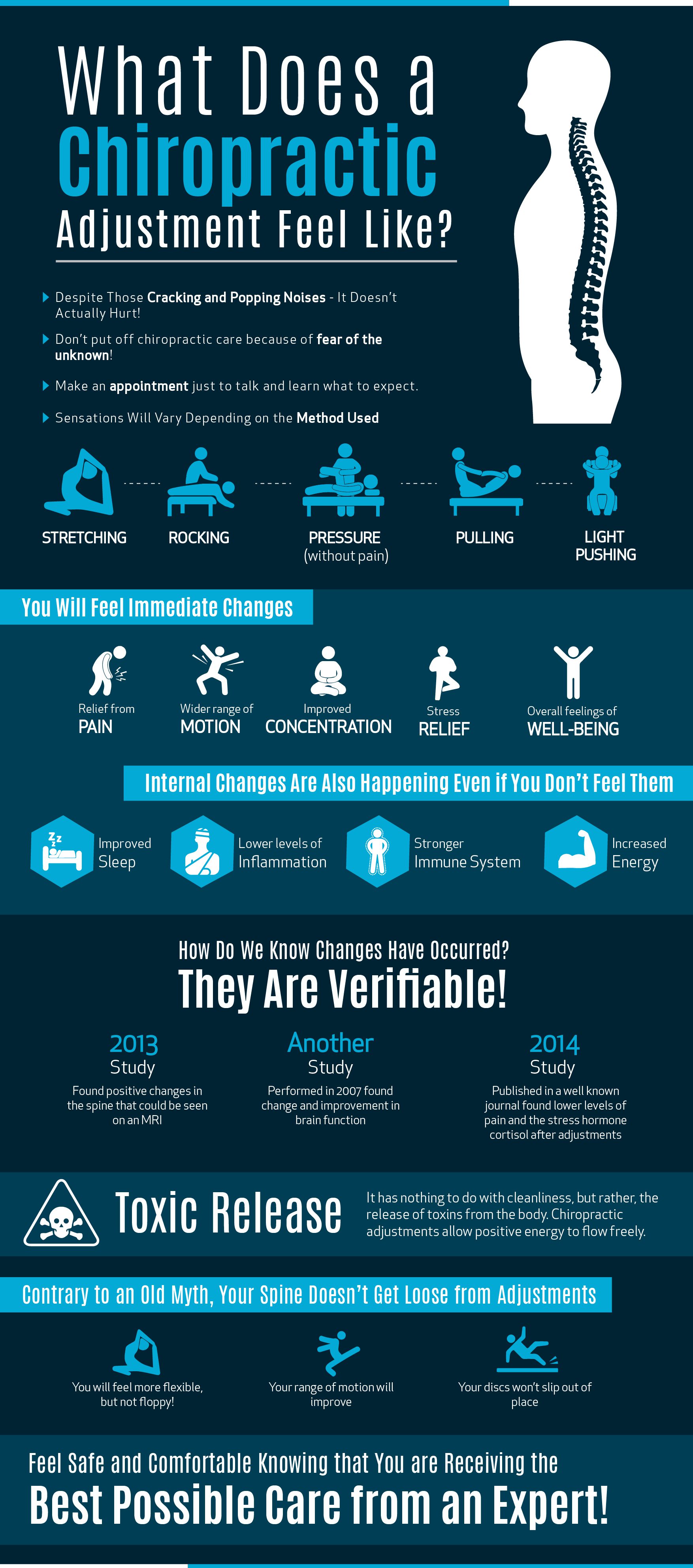The Influence Of Posture On Back Pain: Approaches For Maintaining Appropriate Alignment Throughout Daily Activities
The Influence Of Posture On Back Pain: Approaches For Maintaining Appropriate Alignment Throughout Daily Activities
Blog Article
Personnel Author-Houghton Fraser
Maintaining appropriate posture isn't just about sitting up straight; it's about straightening your body in a manner that supports your spinal column and minimizes the risk of back pain. The method you rest, stand, and relocate throughout the day can considerably influence your spinal health and wellness. But how precisely can you make certain good alignment consistently, even throughout active days full of numerous activities? Let's delve deeper right into the refined yet impactful adjustments you can make to your everyday regimen to maintain your back satisfied and healthy.
Significance of Appropriate Posture
Appropriate stance is important in preserving a healthy and balanced back and protecting against discomfort. When you sit or stand with great stance, your back is in placement, decreasing strain on your muscles, tendons, and joints. This alignment permits the body to disperse weight uniformly, preventing excessive stress and anxiety on particular locations that can bring about pain and pain. By maintaining your spinal column appropriately straightened, you can also boost your breathing and food digestion, as slouching can compress organs and limit their functionality.
Additionally, maintaining great position can enhance your general look and confidence. When you stand tall with your shoulders back and head held high, you emanate self-confidence and show up more approachable. Excellent posture can additionally make you feel much more stimulated and alert, as it promotes appropriate blood circulation and enables your muscles to function successfully.
Integrating correct posture right into your daily routine, whether resting at a workdesk, strolling, or working out, is vital for preventing back pain and advertising general well-being. mouse click the up coming document in mind, a small adjustment in exactly how you hold on your own can make a substantial distinction in just how you really feel and operate throughout the day.
Common Postural Mistakes
When it comes to maintaining excellent stance, numerous people unconsciously make common blunders that can contribute to neck and back pain and discomfort. One of one of the most prevalent mistakes is slumping over or stooping over while resting or standing. This setting puts extreme stress on the back and can cause muscular tissue inequalities and pain in the long run.
One more usual error is overarching the reduced back, which can flatten the natural contour of the spine and cause discomfort. Additionally, crossing legs while sitting might really feel comfortable, yet it can produce an imbalance in the hips and pelvis, bring about postural problems.
Making use of a cushion that's too soft or as well strong while sleeping can also impact your placement and add to back pain. Lastly, frequently craning your neck to check out screens or readjusting your position often can strain the neck and shoulders. Being mindful of these common postural blunders can assist you maintain far better alignment and decrease the danger of neck and back pain.
Tips for Correcting Positioning
To enhance your placement and reduce back pain, it's important to focus on making small modifications throughout your day-to-day routine. Begin by being mindful of your position. When sitting, ensure your feet are flat on the flooring, your back is straight, and your shoulders are kicked back. Stay clear of slouching or leaning to one side. Use lower back pain medical procedure or paddings to support your lower back.
When standing, disperse your weight equally on both feet, keep your knees slightly curved, and tuck in your pelvis. Involve your core muscular tissues to sustain your back. Take lower back pain treatment to stretch and walk if you have an inactive task. Include exercises that reinforce your core and back muscular tissues, such as slabs or bridges.
While resting, make use of a pillow that sustains the natural curve of your neck to keep proper back positioning. Avoid sleeping on your stomach, as it can strain your neck and back. By bearing in mind these tips and making small modifications, you can progressively correct your placement and reduce neck and back pain.
Conclusion
Keep in mind, maintaining great posture is key to preventing neck and back pain and advertising spinal health and wellness. By bearing in mind your placement, dispersing weight equally, and involving your core muscular tissues, you can lower strain on your back and lessen the risk of pain and injury. Integrate ergonomic assistance, take regular breaks to extend, and reinforce your core and back muscle mass to keep proper positioning throughout the day. Your back will certainly thank you for it!
